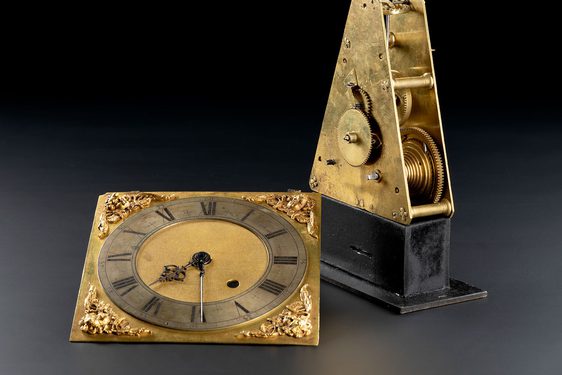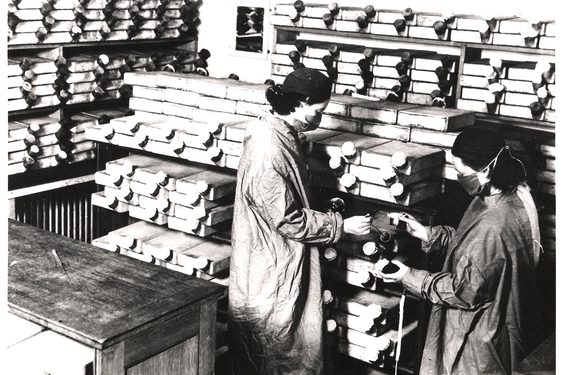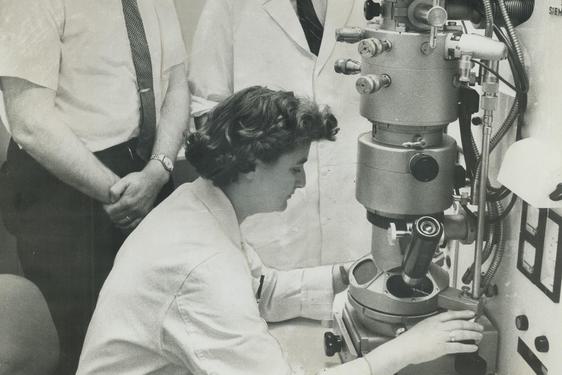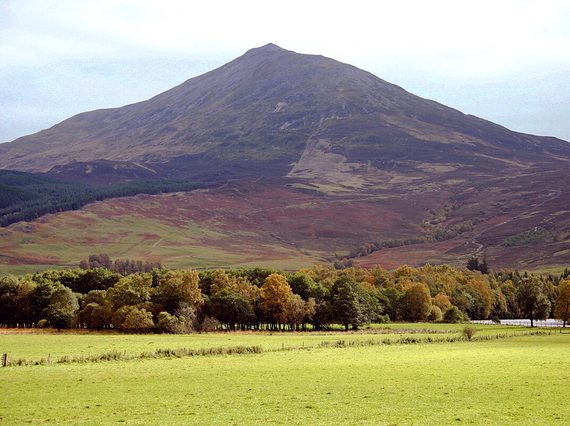
How to weigh the world with a mountain and a clock
News Story
An 18th century clock in our collection looks very grand, but it wasn't designed to stand in a hallway. It was used to help measure the weight of the Earth.
But how do you weigh the world with a clock? We refer you to the Schiehallion Experiment, which released its groundbreaking results 250 years ago.
In 1774, a team of astronomers and surveyors from the Royal Society of London camped for several months at Schiehallion, a mountain in Perthshire.
Sir Isaac Newton observed that all objects exert their own gravitational force. Drawing on this, the team theorised that if they could work out the gravitational pull of the mountain, compared to that of the Earth, and measure the mountain's volume, they could work out the average densities of both.
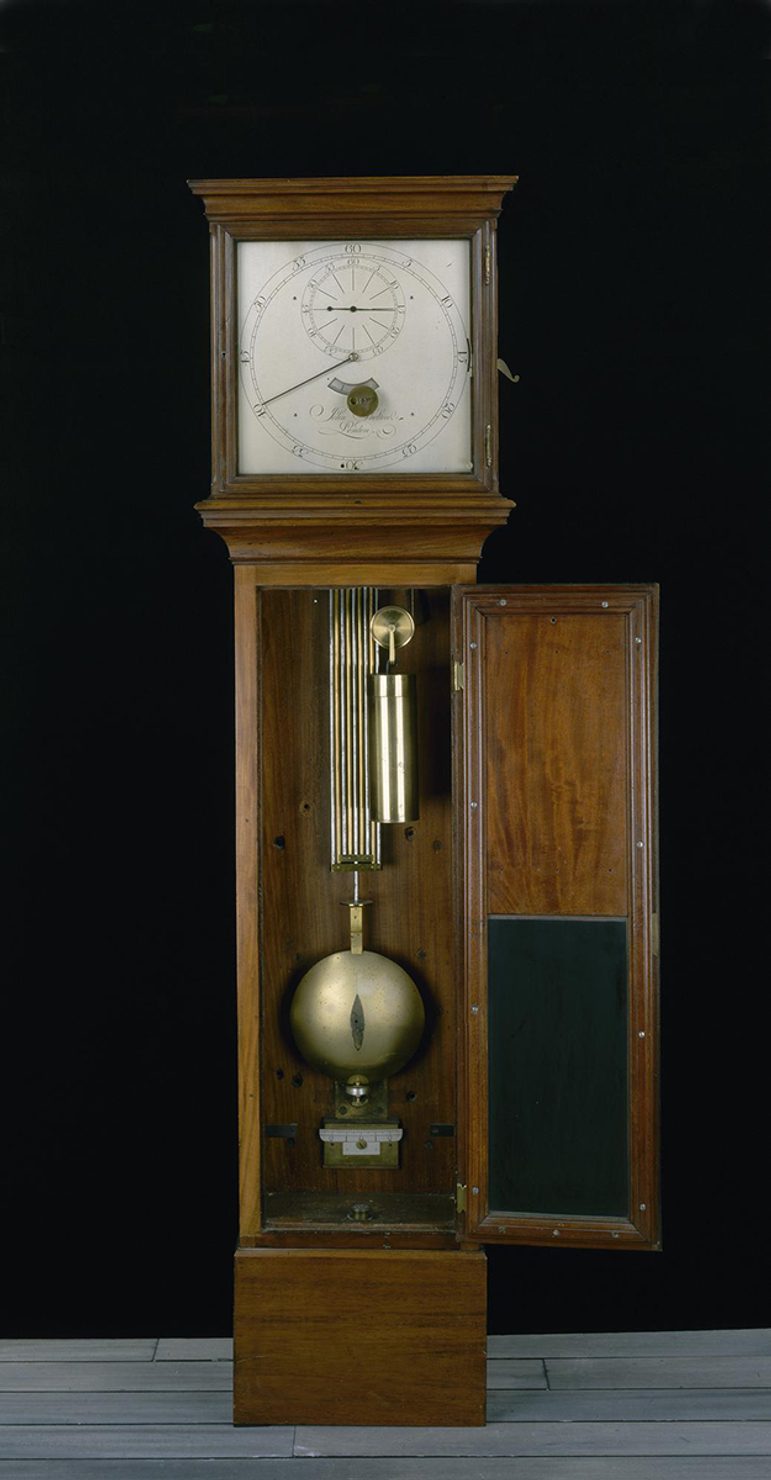
Longcase astronomical regulator clock by John Shelton of London, dated 1756. Museum reference T.1978.1.
Having an accurate way to measure time was essential to the success of the experiment, which is where the clock comes in.
The clock is an astronomical regulator. It's the most precise kind of instrument for keeping time in the 18th century, and much in demand.
It is so precise that it could be used to time the moment a star was observed by a telescope, providing one of its positional coordinates.
What this experiment was measuring, though, was how those coordinates appeared very slightly wrong because the mass of Schiehallion was pulling the telescope's plumb-bob weight off the vertical.
The regulator, telescope and a quadrant were used to make positional measurements from temporary observatories on the south and then the north side of the mountain. The apparent distance between the two stations as observed astronomically was then compared to the actual distance, measured by triangulation.
The difference between the two showed how much the mountain had pulled the plumb line away from the vertical pull of the Earth’s gravity. This allowed the astronomer, Nevil Maskelyne, to calculate its relative mass.
After a total of 337 observations of 43 different stars, the experiment’s initial findings were published in July 1775.
Image gallery

A medal commemorating Charles Hutton (1737-1823) and his role in calculating the density of the Earth from measurements made at Schiehallion. Museum reference T.2018.157.

A medal commemorating Charles Hutton (1737-1823) and his role in calculating the density of the Earth from measurements made at Schiehallion. Museum reference T.2018.157.
The experiment provided observational proof of Newton’s law of universal gravitation and showed that a mass the size of a mountain could affect astronomical observations and the motion of a clock’s pendulum. It also indicated that the average density of the Earth was nearly twice that of the mountain.
Once Schiehallion had been surveyed and the complex calculations completed by mathematician Charles Hutton, the density of the Earth was announced as:
4700 kg/m^3 , within 20% of the currently accepted figure of 5513 kg/m^3 (which equates to a mass of 5.972 x 10^24kg).
Once owned by the Royal Society, the clock was loaned out for experiments and expeditions across continents - including to Captain James Cook who used it to observe the 1769 transit of Venus during his first circumnavigation of the globe.
It was later used in Scotland at observatories in Fort William and Eskdalemuir. Now, it’s on display at the National Museum of Scotland.
Written by

Dr Rebekah Higgitt
Principal Curator of Science
